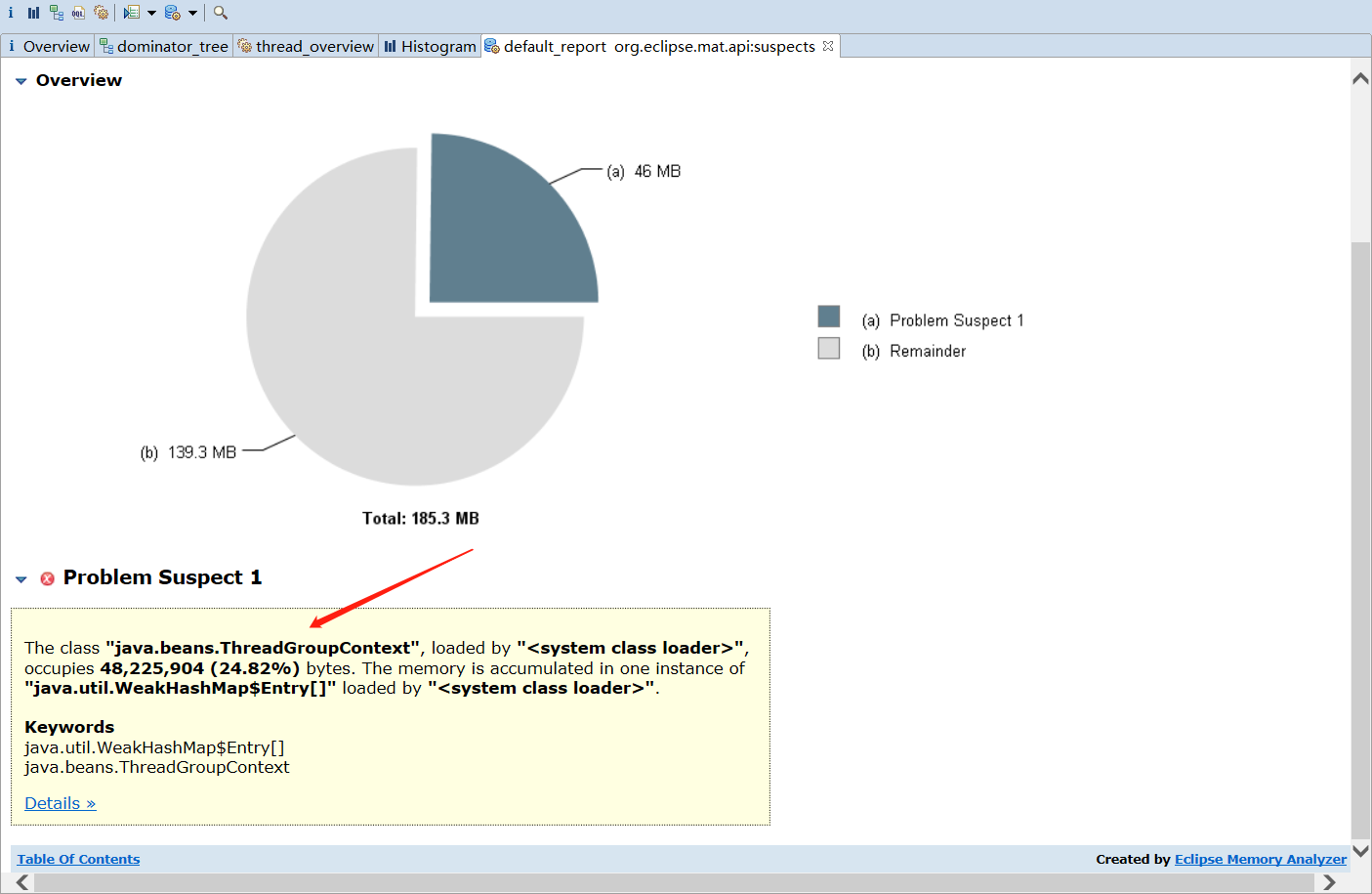RESTClient is an extension of HTTPBuilder,which makes a few concessions in HTTPBuilder's flexibility in order to make REST operations as simple as possible.
RESTClient makes great use of the automatic content-type parsing and encoding which makes working with XML and JSON extremely easy,both in the request and response side. It also adds some additional convenience methods for response header parsing.
The main advantages of RESTClient are:
- RESTClient has convenience methods for get, put post delete, head
- The response data is always parsed and buffered in-memory
- The returned HttpResponseDecorator instance gives convenient access to headers and the parsed response data
- No user-defined closure is needed
Test a URL using the HEAD method
import groovyx.net.http.RESTClient
import groovy.util.slurpersupport.GPathResult
import static groovyx.net.http.ContentType.URLENC
twitter = new RESTClient( 'https://twitter.com/statuses/' )
// twitter auth omitted
try { // expect an exception from a 404 response:
twitter.head path : 'public_timeline'
assert false,'Expected exception'
}
// The exception is used for flow control but has access to the response as well:
catch( ex ) { assert ex.response.status == 404 }
assert twitter.head( path : 'public_timeline.json' ).status == 200
GET our friends' timeline
def resp = twitter.get( path : 'friends_timeline.json' ) assert resp.status == 200 assert resp.contentType == JSON.toString() assert ( resp.data instanceof net.sf.json.JSON ) assert resp.data.status.size() > 0
All request parameters are defined here.
The resp field in the above example is an instance of HttpResponseDecorator. Calling resp.getData() returns the parsed response content. This is the same parsed response that you would get passed to HTTPBuilder's response handler closure,but it is always buffered in-memory and the response stream is automatically closed.
def msg = "I'm using HTTPBuilder's RESTClient on ${new Date()}"
resp = twitter.post( path : 'update.xml',body : [ status:msg,source:'httpbuilder' ],requestContentType : URLENC )
assert resp.status == 200
assert ( resp.data instanceof GPathResult ) // parsed using XmlSlurper
assert resp.data.text == msg
assert resp.data.user.screen_name == userName
def postID = resp.data.id.toInteger()
Note that the above example is posting the request data as application/x-www-form-urlencoded. (The twitter API doesn't support XML or JSON POST requests.) For this reason,a requestContentType parameter must be specified in order to identify how the request body should be serialized.
Also note that we're requesting update.xml,not update.json. Since we never set a default content-type on the RESTClient instance or pass a contentType argument in this request,RESTClient will put Accept: */* in the request header,and parse the response based on whatever is given in the response content-type header. So because Twitter correctly identifies its response as application/xml,it will automatically be parsed by the default XML parser.
resp = twitter.delete( path : "destroy/${postID}.json" )
assert resp.status == 200
assert resp.data.id == postID
println "Test tweet ID ${resp.data.id} was deleted."
原文地址: http://groovy.codehaus.org/modules/http-builder/doc/rest.html

